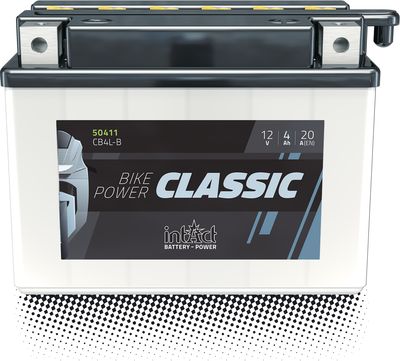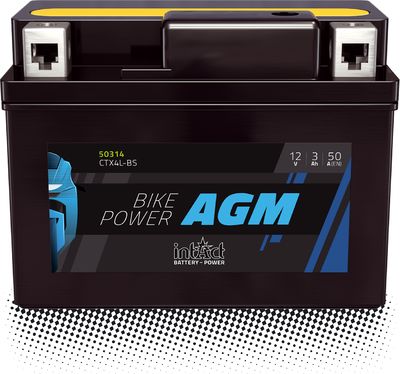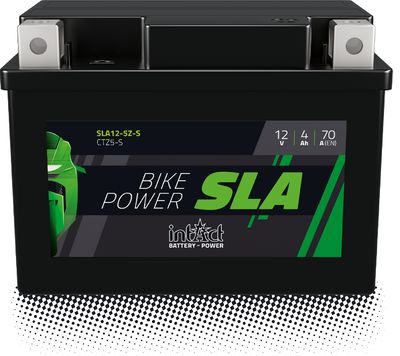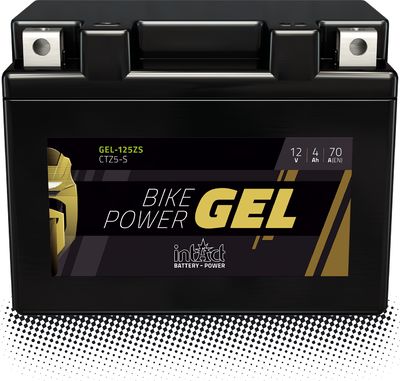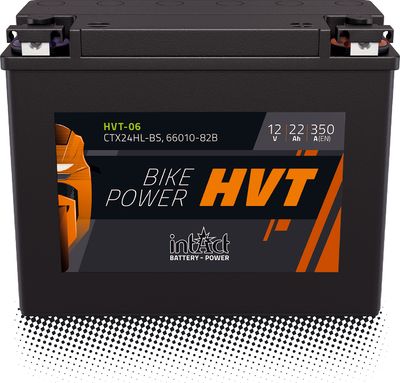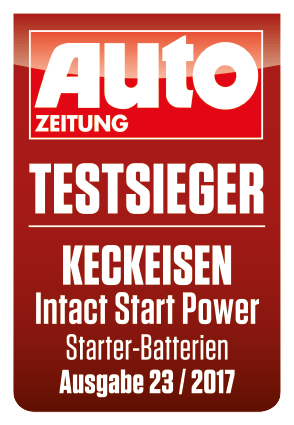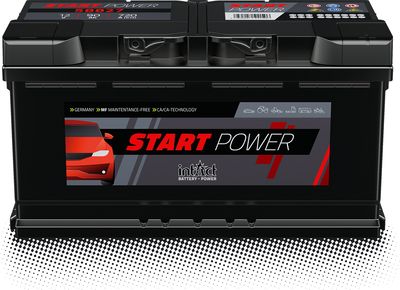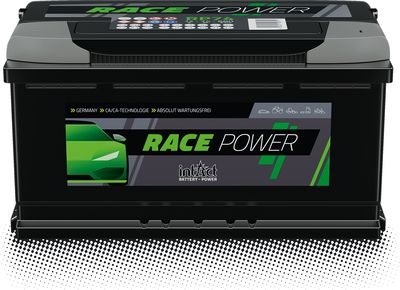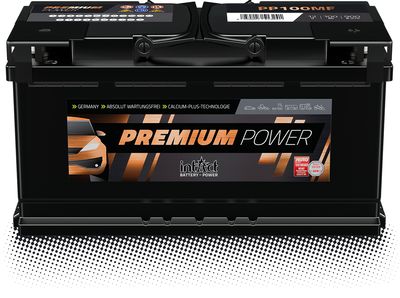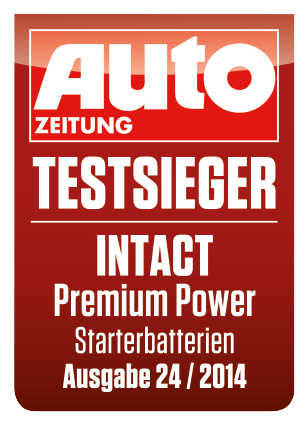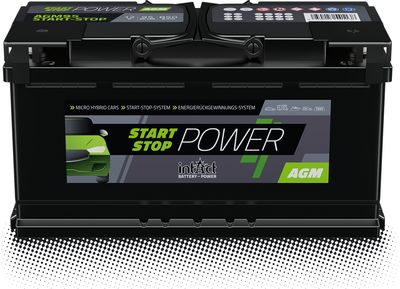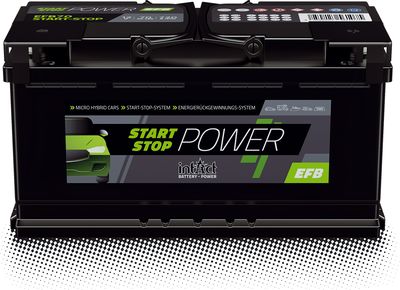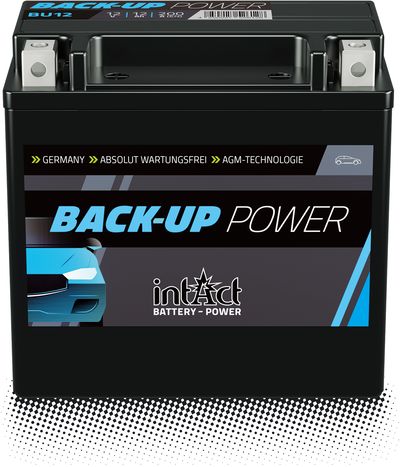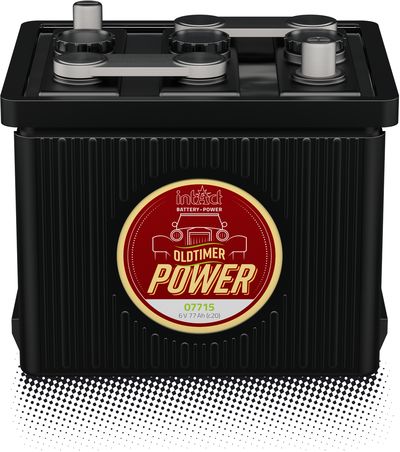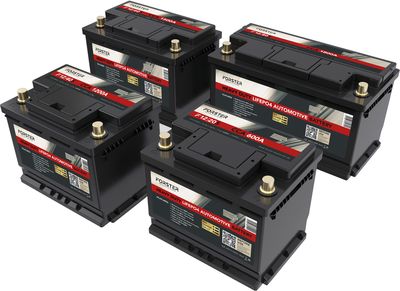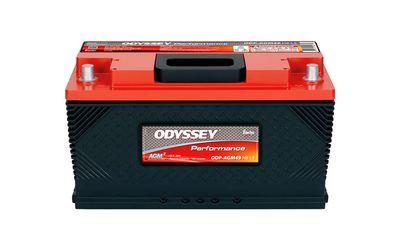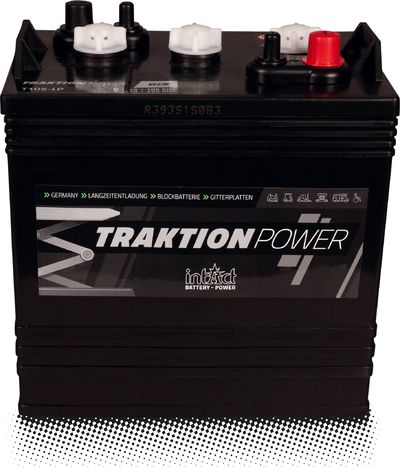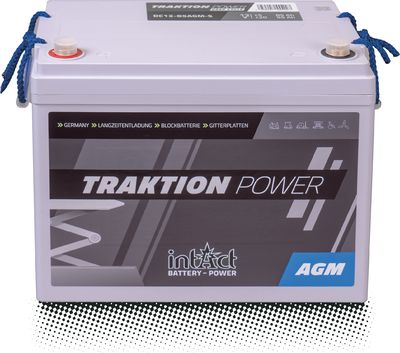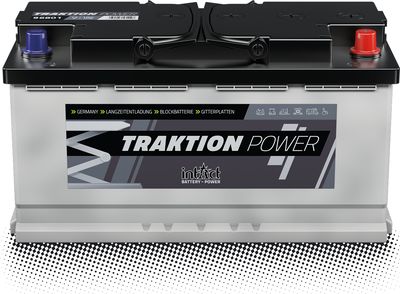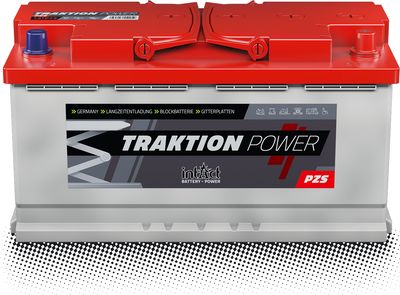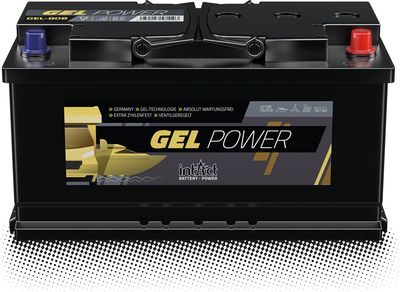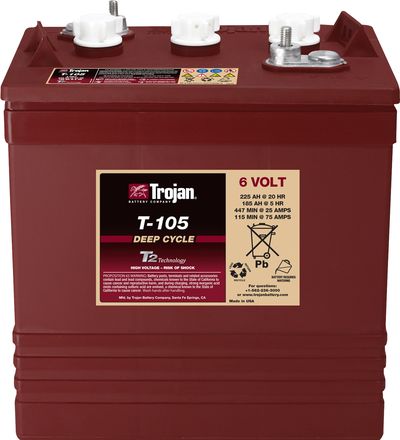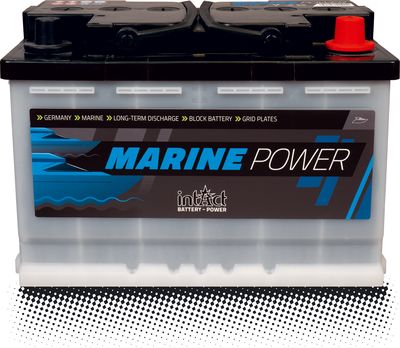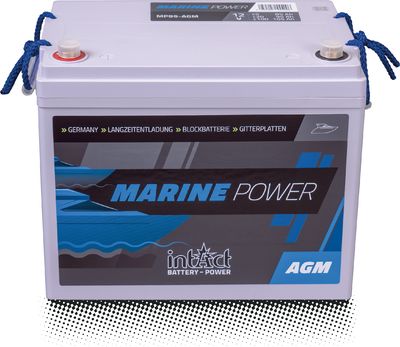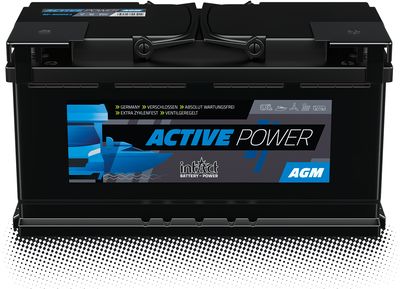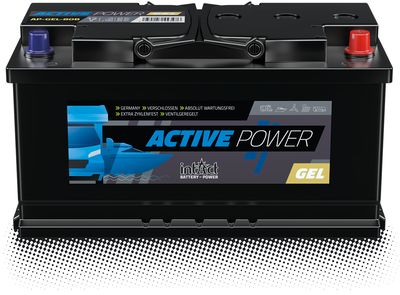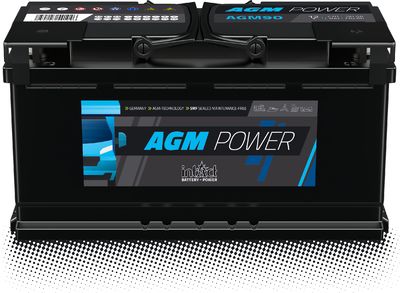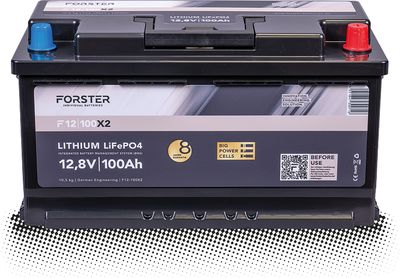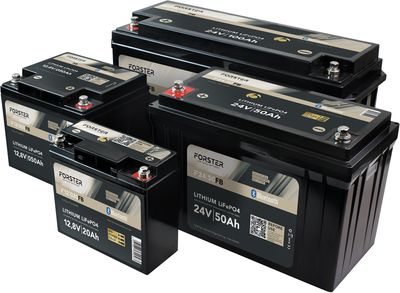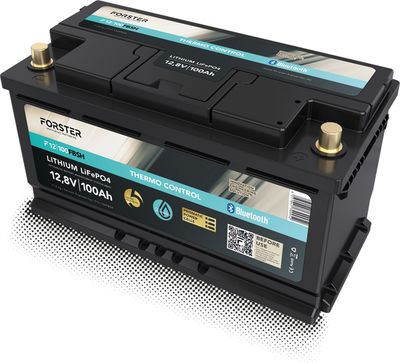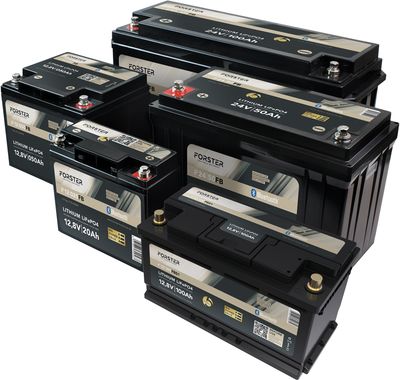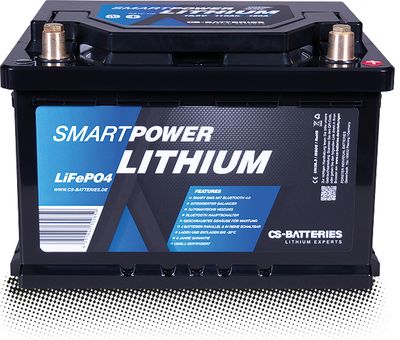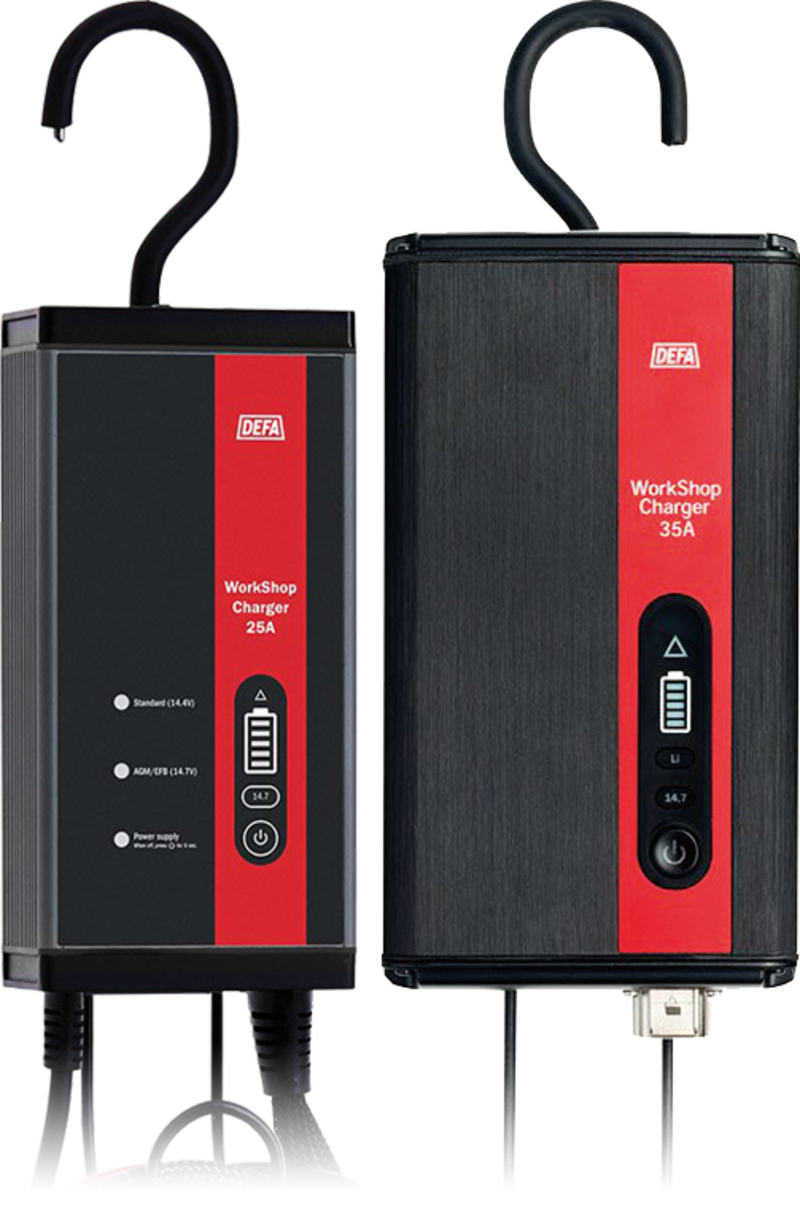DEFA workshop chargersPowerful workshop charger
.
Conserves the battery and supplies consumers during work such as software updates, diagnostics, battery replacement or ECU programming.
Our recommendation for charging starter batteries in the automotive workshop.
Features
Perfect for updates and other power-consuming work.
This charger protects the vehicle's electronics during battery changes and power-consuming activities such as software updates. It can also recondition deeply discharged batteries.Your advantage: Customer electronics settings are retained and charging times are shortened or even eliminated.
Practical and uncomplicated
Thanks to its compact design, detachable cables and clever mountings, the charger can be easily attached in almost any work situation. In addition, the device is protected against dust udn Eidnringen of foreign objects.Your advantage: Powerful function without distracting from your work.
Versatile
Thanks to the intelligent technology, all lead-acid batteries used in the automotive sector and, with the DEFA Workshop 35A 2.0, also lithium batteries are charged safely and reliably.Your advantage: Charge all vehicles in your workshop with one type of charger.
Characteristics
- User-friendly and fully automatic high-frequency charger.
- 7-phase charger with permanent trickle charge as well as analysis before and after charging and reactivation mode for deeply discharged batteries.
- Suitable for flooded 12-volt starter batteries including calcium batteries also with 14.7-volt charge voltage, for sealed AGM, GEL, MF and SLA batteries and also for start-stop batteries, both Enhanced Flooded Batteries (EFB) and AGM batteries.
- DEFA Workshop 35A 2.0 also suitable for lithium batteries.
- Protection against reverse polarity, contact spark and short circuit. With galvanic isolation and temperature-compensated charging.
- DEFA Workshop 35A 2.0 also protected against ingress of foreign bodies > 1mm (IP40).
- Supplies connected loads with 13.7 volts thanks to power supply function.
- Rubberised hook for attachment to the bonnet, workstation or workshop trolley. Wall bracket for storing the charger with practical cable holder.
- DEFA-WS-35 with detachable 5 m cable.
- Charging status can be read off via LED. Error indication via flashing light.
Details
| Item nr. | Volt | Ampere | Length mm | Width mm | Height mm | |
|---|---|---|---|---|---|---|
| DEFA-WS-25-2.0 | 12 | 25 | 202 | 96 | 53 | more |
 DEFA-WS-25-2.0Power
Connection voltage:230 V
Connection current:
DC voltage:12 V
DC current:25 A
Size:202 x 96 x 53 mm
Weight:2,7 kg
Where can I
buy this? | ||||||
| DEFA-WS-35-2.0 | 12 | 35 | 227 | 125 | 62 | more |
 DEFA-WS-35-2.0Power
Connection voltage:230 V
Connection current:
DC voltage:12 V
DC current:35 A
Size:227 x 125 x 62 mm
Weight:1,8 kg
Where can I
buy this? | ||||||
| DEFA-WS-50 | 12 | 50 | 280 | 175 | 85 | more |
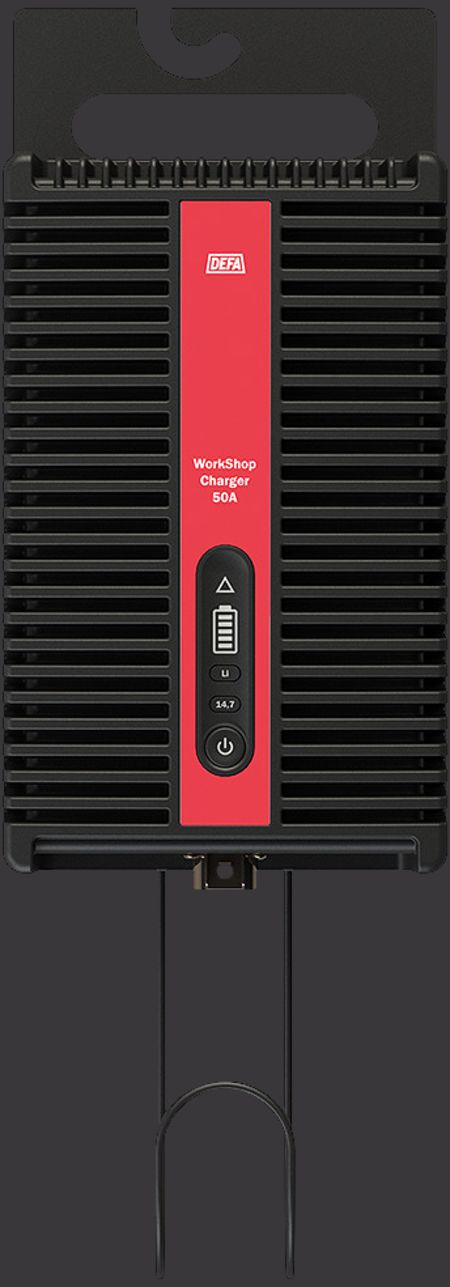 DEFA-WS-50Power
Connection voltage:230 V
Connection current:
DC voltage:12 V
DC current:50 A
Size:280 x 175 x 85 mm
Weight:3,8 kg
Where can I
buy this? | ||||||
| DEFA-WS-125 | 12/24 | 125 | 373 | 206 | 104 | more |
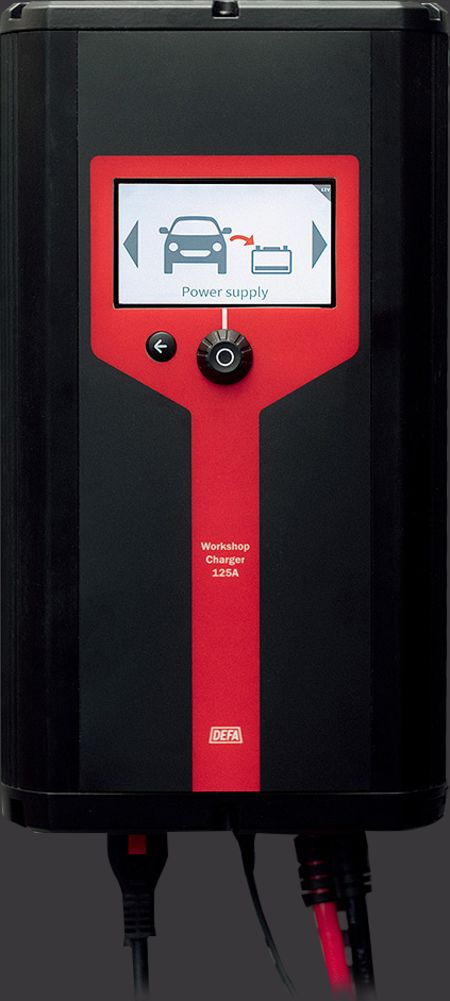 DEFA-WS-125Power
Connection voltage:230 V
Connection current:
DC voltage:12/24 V
DC current:125 A
Size:373 x 206 x 104 mm
Weight:11,7 kg
Where can I
buy this? | ||||||
